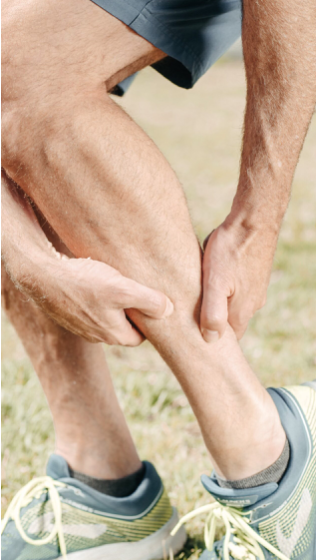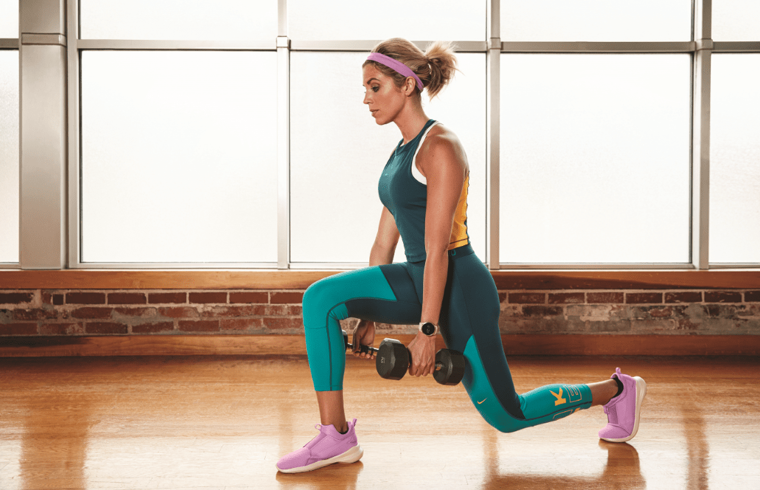Running is an excellent way to stay fit, healthy and active. However, like any physical activity it can come with its risks of injury – regardless if you are a recreational or professional runner. Due to the nature of the sport, there can be many different injuries suffered. Common running injuries can affect various parts of the body, including the lower limbs, feet, ankles, knees, hips, and lower back. Some of the most common running injuries include:
- Shin Splints (Medial Tibial Stress Syndrome): Pain along the inner edge of the shinbone (tibia), often caused by overuse, improper footwear, or running on hard surfaces.
- Runner’s Knee (Patellofemoral Pain Syndrome): Pain around or behind the kneecap (patella) due to factors like overuse, muscle imbalances, improper running technique, or issues with the patellar tracking.
- Iliotibial (IT) Band Syndrome: Pain on the outside of the knee, caused by inflammation or irritation of the iliotibial band—a thick band of connective tissue that runs along the outer thigh.
- Plantar Fasciitis: Heel pain caused by inflammation of the plantar fascia—a thick band of tissue that supports the arch of the foot. It can result from overpronation, tight calf muscles, or improper footwear.
- Achilles Tendinitis: Pain and inflammation in the Achilles tendon, often due to overuse, tight calf muscles, improper footwear, or sudden increases in training intensity.
- Stress Fractures: Small cracks or fractures in bones, such as the shins (tibia), feet, or metatarsals, typically caused by repetitive stress or overtraining.
- Ankle Sprains: Ligament injuries in the ankle, commonly caused by twisting or rolling the ankle during running or uneven terrain.
- Plantar Fascia Tears: Severe cases of plantar fasciitis can lead to tears or ruptures in the plantar fascia, causing intense pain and difficulty walking or running.
- Hamstring Strains: Injuries to the hamstring muscles, often due to sudden acceleration, overstretching, or inadequate warm-up before running.
- Hip Bursitis: Inflammation of the bursae (fluid-filled sacs) in the hip joints, leading to pain and discomfort, typically caused by overuse or repetitive hip movements.
- Lower Back Pain: Running with poor posture, weak core muscles, or imbalances in the lower back can lead to lower back pain or strains.

What can you do to prevent or lower the risk of injury?
1. Gradual Progression: Increase mileage, intensity, and speed gradually to allow your body to adapt and avoid overuse injuries.
2. Proper Warm-up and Cool-down: Always warm up with dynamic stretches and drills before running, and cool down with static stretches and foam rolling afterward to improve flexibility and reduce muscle soreness.
3. Strength Training: Incorporate strength training exercises for the legs, core, and upper body to improve overall strength, stability, and balance, which can help prevent injuries.
4. Cross-Training: Include cross-training activities like cycling, swimming, or yoga to reduce the repetitive stress on your muscles and joints and enhance overall fitness.
5. Proper Footwear: Wear running shoes that are appropriate for your foot type, gait, and running style. Replace worn-out shoes regularly to maintain proper support and cushioning.
6. Listen to Your Body: Pay attention to any signs of pain, discomfort, or fatigue during running. Rest or modify your training if needed to prevent overtraining and injuries.
7. Run on Safe Surfaces: Choose softer surfaces like grass, trails, or tracks whenever possible to reduce impact on your joints compared to running on concrete or asphalt.
8. Posture and Form: Maintain good running posture with a relaxed upper body, engaged core muscles, and a midfoot strike to minimize stress on your joints and muscles.
9. Proper Nutrition and Hydration: Fuel your body with a balanced diet rich in nutrients and stay hydrated before, during, and after running to support optimal performance and recovery.
10. Recovery and Rest: Allow adequate time for rest, recovery, and sleep to promote muscle repair, reduce fatigue, and prevent overuse injuries.
11. Regular Assessment: Periodically assess your running technique, biomechanics, and footwear to identify any potential issues that could lead to injuries and make necessary adjustments.
By following these preventive measures and maintaining a balanced approach to training, you can minimize the risk of running injuries and enjoy a safer and more rewarding running experience. If you experience persistent or severe pain, consult a healthcare professional for evaluation and treatment.

What are some exercises runners should be doing?
Although running is thought of as a aerobic and endurance sport, it is still important to incorporate a balance of strength, mobility and flexibility training. Below are some general exercises to follow to help your performance with running and also prevent injury.
1. Strength Training:
- Squats: Helps strengthen the quadriceps, hamstrings, glutes, and core.
- Lunges: Works the lower body muscles, including the quadriceps, hamstrings, glutes, and calves.
- Deadlifts: Targets the hamstrings, glutes, lower back, and core muscles.
- Calf Raises: Strengthens the calf muscles, which are important for running propulsion.
- Planks: Builds core strength and stability, essential for maintaining proper running form.
- Hip Abduction/Adduction: Strengthens the hip muscles, improving stability and reducing injury risk.
- Push-ups: Strengthens the upper body and core muscles, which can aid in maintaining proper posture during running.

2. Plyometric Exercises:
- Box Jumps: Improves explosive power and leg strength.
- Jump Squats: Builds leg strength and explosiveness, beneficial for sprinting and uphill running.
- Lateral Bounds: Enhances agility, balance, and coordination.
- High Knees: Improves running form, leg strength, and cardiovascular fitness.
- Burpees: Full-body exercise that combines strength, plyometrics, and cardiovascular conditioning.
3. Core Strengthening:
- Planks (Front, Side, and Rotational): Targets the entire core, including the abdominals, obliques, and lower back.
- Russian Twists: Works the obliques and improves rotational stability.
- Bicycle Crunches: Engages the core muscles and promotes hip flexor strength.
- Superman Exercise: Strengthens the lower back, glutes, and hamstrings, supporting proper running posture.
4. Flexibility and Mobility:
- Dynamic Stretching: Incorporate dynamic stretches like leg swings, high knees, and walking lunges to improve flexibility and range of motion.
- Foam Rolling: Use a foam roller to release tight muscles, reduce muscle tension, and improve mobility.
5. Cardiovascular Conditioning:
- Interval Training: Incorporate high-intensity interval training (HIIT) workouts to improve cardiovascular fitness, endurance, and speed.
- Cross-Training: Include activities like cycling, swimming, or rowing to supplement running and improve overall fitness without overloading the joints.
6. Balance and Stability:
- Single-Leg Exercises: Perform exercises like single-leg squats, lunges, and balance reaches to improve balance, stability, and proprioception.
- Bosu Ball or Stability Ball Exercises: Use a Bosu ball or stability ball for added challenge to core and stability exercises.
A physiotherapist can play a critical role in the prevention, diagnosis, and treatment of running injuries. By working with a physiotherapist, runners can receive personalized care and support to help them recover from injuries, prevent future injuries, and achieve their running goals safely and effectively.

